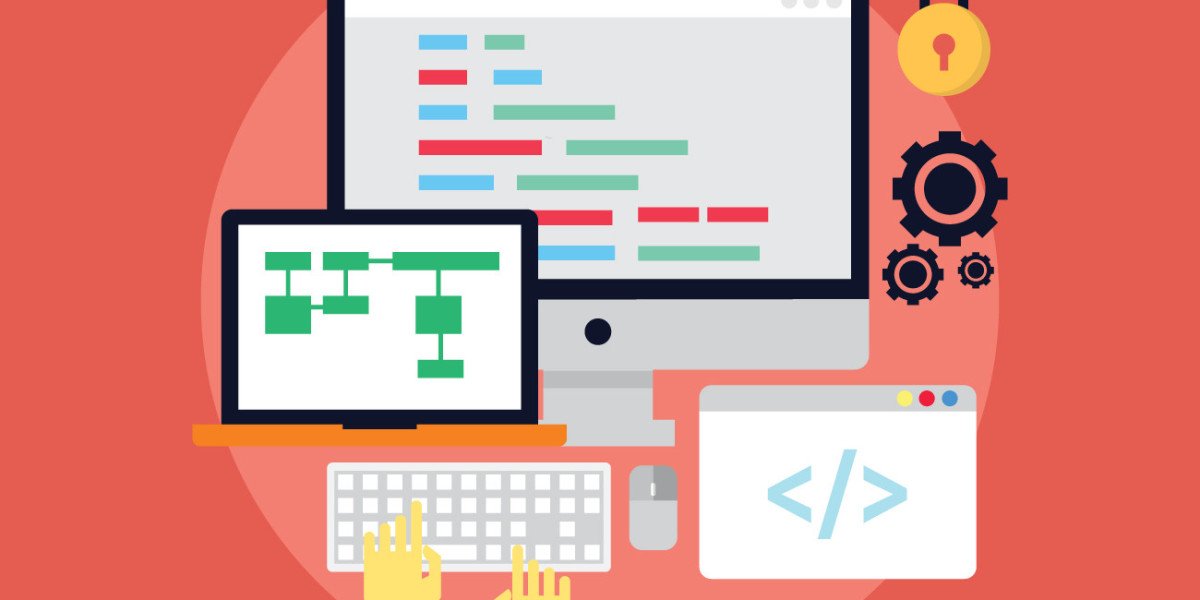Programmable Logic Controllers (PLCs) play a vital role in controlling industrial equipment and processes. To make these systems work efficiently, they need well-designed programs. But how do technicians write, install, and update these programs? That’s where programming tools and devices come in.
Over the years, technology has made PLC programming faster and more user-friendly. Let’s explore the methods, tools, and peripherals that make this possible.
How PLCs Are Programmed
PLCs are designed to run a single application program, ensuring consistent and reliable performance. However, they don’t come with built-in tools for writing or debugging code. Instead, technicians rely on external devices and software. Here are three common programming methods:
1. Programming Terminals
In the past, dedicated programming terminals were the go-to solution. These devices resembled calculators, with a small screen, keypad, and special function keys. Each PLC brand had its own terminal, so you needed the right one for the specific system you were working on.
While programming terminals are less common today, they are still useful for older PLC models. Modern alternatives, often called “soft terminals,” now offer similar functionality through software.
2. Programming by Laptop
Laptops have become the primary tool for PLC programming. Technicians use software tailored to specific PLC brands, like Rockwell Automation’s Studio 5000. This software provides multiple programming options, including ladder logic, function block diagrams, and sequential flow charts.
Laptops typically connect to PLCs via Ethernet or USB. Wireless options, like Bluetooth and Wi-Fi, are also becoming popular, adding flexibility to the programming process.
3. Programming by Handheld Devices
With wireless connectivity, smartphones and tablets can now access PLC programs through manufacturer apps. While these devices are handy for troubleshooting, their capabilities are limited compared to laptops.
Managing Input and Output Variability
Even though PLC programs run predictably, input and output signals can be less consistent. Analog signals, for example, take time to stabilize, and digital signals may experience delays depending on the sensors and devices involved.
To ensure smooth operation, programmers need to:
- Allow time for signals to process.
- Include verification steps to confirm signal accuracy.
Key PLC Peripherals
PLCs rely on various peripherals to communicate with the outside world:
- HMI (Human-Machine Interface): Displays system data and allows operators to set parameters like speed or temperature. While some HMIs can edit the application program, they are not ideal for extensive programming tasks.
- I/O Modules: Manage signals from sensors and connected devices.
- Communication Protocol Modules: Enable connectivity via Ethernet, USB, or other communication methods, often integrating with SCADA systems.
- Specialized Function Modules: Handle specific tasks, such as motor control, to enhance PLC functionality.








